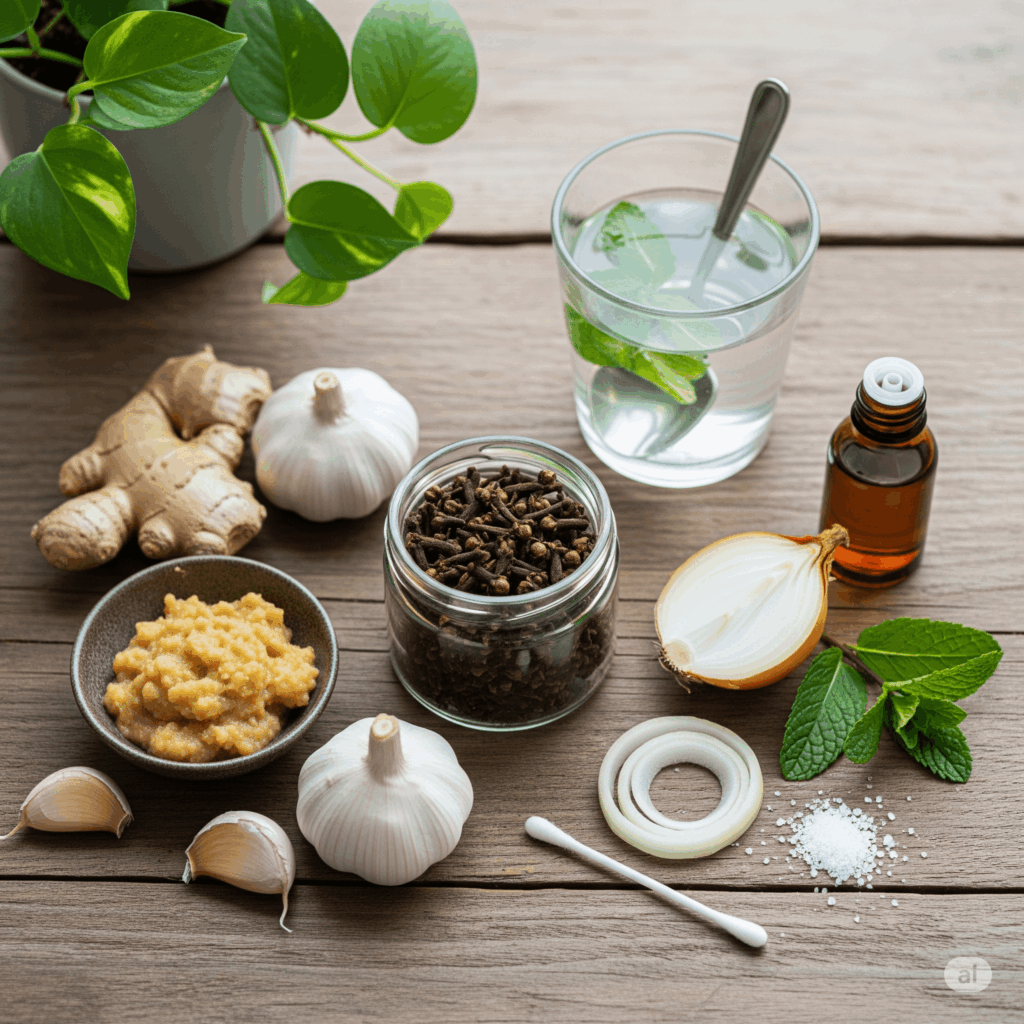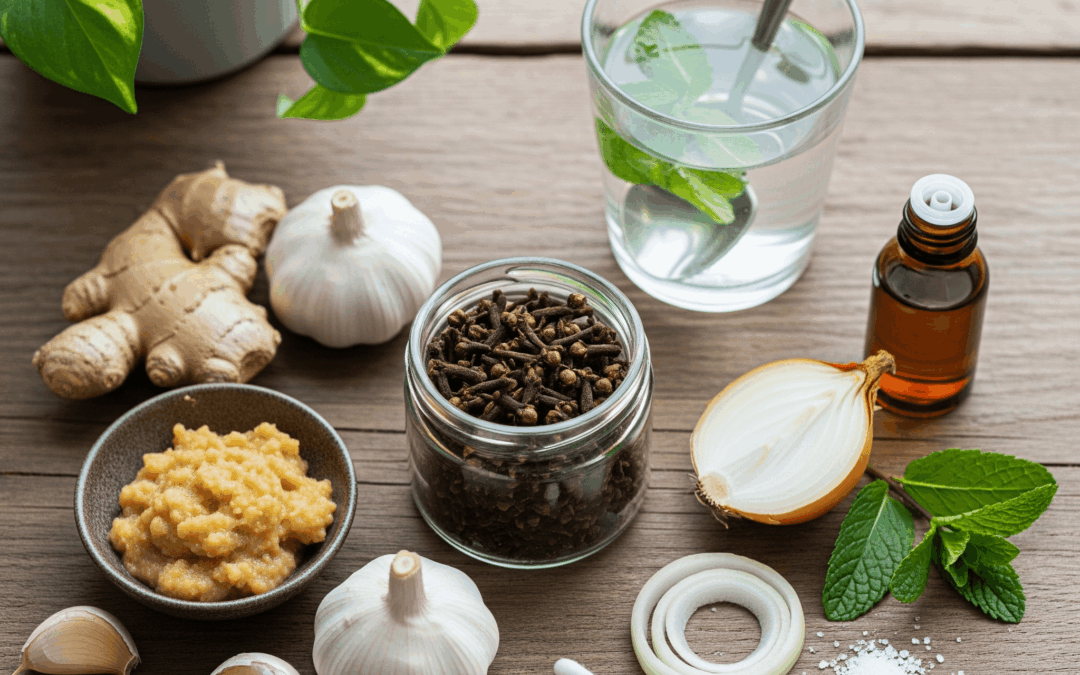
Toothaches have a way of disrupting daily life unlike any other discomfort. The pain can be sharp, throbbing, constant, or intermittent—and it often strikes when you least expect it. Whether it’s the middle of the night or during a weekend away from your dentist, knowing how to manage the pain at home can be a lifesaver. For those in Council Bluffs, IA, education is key, and at BlueJay Family Dental, Dr. Steven Fidone emphasizes the importance of understanding temporary relief methods while waiting for professional care. Though these remedies do not replace dental treatment, they can help ease discomfort and prevent further irritation.
Understanding the Cause Behind the Pain
Before exploring home remedies, it’s important to understand that a toothache is usually a symptom of an underlying issue. Common causes include cavities, gum disease, cracked teeth, exposed tooth roots, or even sinus infections. Pain can also stem from dental abscesses, which involve infection at the root of the tooth or in the gums and often require urgent treatment. The nature of the pain can provide some clues: a sharp, shooting pain when eating might suggest a cavity, while a dull, throbbing ache could indicate infection or inflammation.
Although home remedies may help soothe symptoms, they do not address the root cause of the issue. Therefore, using these remedies should be seen as a temporary solution until a dentist can provide a thorough evaluation and appropriate treatment. Ignoring the problem altogether can allow infections to spread or tooth damage to worsen over time, which is why seeking professional care remains essential.
Saltwater Rinse: A Simple Yet Powerful Remedy
A saltwater rinse is one of the easiest and most effective ways to relieve toothache pain temporarily. Salt has natural antibacterial and anti-inflammatory properties, making it helpful in reducing swelling and cleansing the mouth. The warm water helps soothe irritated tissues and can flush out debris trapped between teeth or in gum pockets.
To use this method, dissolve half a teaspoon of salt in a glass of warm water. Swish the solution around your mouth for 30 seconds before spitting it out. This can be repeated several times a day as needed. It’s a good first-line defense for toothaches caused by minor irritations, such as food lodged between teeth or inflammation due to mild gum disease.
Cold Compress: Reducing Swelling and Numbing Pain
A cold compress applied to the outside of the cheek can provide substantial relief from tooth pain, especially if the discomfort is caused by trauma, swelling, or an underlying infection. Cold temperatures constrict blood vessels, which reduces inflammation and helps numb the affected area.
To use a cold compress, wrap a bag of ice or frozen vegetables in a clean towel and apply it to the painful side of your face for 15–20 minutes. Repeat this every few hours as needed. This technique is particularly useful in managing swelling and is a common go-to method while waiting for dental treatment. However, it’s not recommended to place ice directly on the tooth or gums, as this can lead to further sensitivity or discomfort.
Clove Oil: A Natural Anesthetic
Clove oil has been used for centuries as a natural remedy for toothaches. It contains eugenol, a compound with strong anesthetic and antibacterial properties. When applied properly, clove oil can numb the affected area and reduce inflammation, making it a popular choice for managing temporary pain.
To apply clove oil, soak a cotton ball or swab in the oil and gently dab it on the affected tooth and surrounding gums. You can also mix a few drops of clove oil with a carrier oil, such as olive oil, to dilute its intensity. Be cautious not to swallow the oil, and avoid overuse, as excessive application can irritate the soft tissues in your mouth. This remedy is especially useful for toothaches related to cavities or gum irritation.
Garlic: More Than Just a Cooking Ingredient
Garlic isn’t just a flavorful addition to meals—it also has powerful medicinal properties. It contains allicin, a compound known for its antimicrobial and pain-relieving effects. When crushed, garlic releases this compound, making it a useful natural option for managing a toothache, especially if the cause is bacterial.
To use garlic for pain relief, crush a fresh clove to release the allicin, then apply it directly to the affected area. Alternatively, you can create a paste by mixing crushed garlic with a pinch of salt and applying it to the sore tooth. Be aware that raw garlic can have a strong flavor and may irritate the gums if used excessively. Nonetheless, it can be effective in reducing pain and preventing the spread of infection in the short term.
Peppermint Tea Bags: Soothing and Anti-Inflammatory
Peppermint has natural numbing properties that can help soothe toothaches and calm irritated tissues. Peppermint tea bags are especially effective because they’re easy to use and can be applied either warm or cold. The menthol in peppermint also offers a cooling sensation that can ease discomfort and provide temporary relief.
To use this remedy, steep a peppermint tea bag in hot water for a few minutes, then let it cool slightly so it’s warm but not hot. Apply the warm bag directly to the painful area. Alternatively, you can refrigerate a used tea bag and apply it as a cold compress. This gentle remedy is ideal for minor toothaches or gum soreness and is generally safe for repeated use throughout the day.
Over-the-Counter Pain Relief Options
While natural remedies are useful, over-the-counter (OTC) medications are another effective way to manage tooth pain. Nonsteroidal anti-inflammatory drugs (NSAIDs), such as ibuprofen, can reduce both pain and inflammation, which is particularly helpful for toothaches associated with swelling or infection. Acetaminophen is another option for those who cannot take NSAIDs.
It’s important to follow dosage instructions carefully and avoid taking these medications for extended periods without professional guidance. Pain relievers mask symptoms but do not cure the underlying issue. They are most beneficial when used in combination with other home remedies while awaiting dental treatment.
What to Avoid When Managing a Toothache at Home
While trying home remedies, it’s equally important to avoid actions that could make the pain worse. Chewing on the affected side, consuming extremely hot or cold foods, or using harsh substances like hydrogen peroxide or undiluted essential oils can aggravate the issue. These practices can increase sensitivity, cause burns to soft tissues, or worsen the underlying problem.
Avoid putting aspirin directly on the gum or tooth as a pain-relief method. This outdated practice can cause chemical burns and further damage. It’s also wise to refrain from poking at the sore area with toothpicks or other objects, as this can introduce bacteria or worsen an existing infection. Focusing on gentle, proven remedies is the best way to manage pain without adding complications.
When to Seek Professional Help
Though home remedies can provide temporary comfort, they are not substitutes for professional dental care. If the pain lasts more than one or two days, worsens over time, or is accompanied by fever, swelling, or difficulty swallowing, it’s time to consult a dentist. These could be signs of a serious infection or other urgent dental conditions that require immediate attention.
Ignoring a toothache in hopes it will resolve on its own can lead to more complex and costly issues down the line. In Council Bluffs, IA, residents should always be aware of when it’s time to move from home care to professional intervention. Seeking timely dental treatment is the best way to ensure long-term relief and prevent further damage to your oral health.
Conclusion
Toothaches are more than just a nuisance—they can be signs of deeper issues that require attention. While waiting for a dental appointment, several home remedies can help manage discomfort and reduce inflammation. From saltwater rinses to natural solutions like clove oil and garlic, these remedies provide effective, temporary relief when used correctly. For residents of Council Bluffs, IA, being informed and prepared makes all the difference. With guidance from community practices like BlueJay Family Dental and Dr. Steven Fidone, patients can take the right steps toward comfort and long-term dental wellness.
Resources
Coulthard, P. (2009). An evidence-based guide to toothache management in primary care. British Dental Journal.
Park, J. B. (2014). Antimicrobial effects of allicin from garlic. Journal of Medicinal Food.
Prashar, A., Locke, I. C., & Evans, C. S. (2006). Cytotoxicity of clove oil and its major components. Food and Chemical Toxicology.

